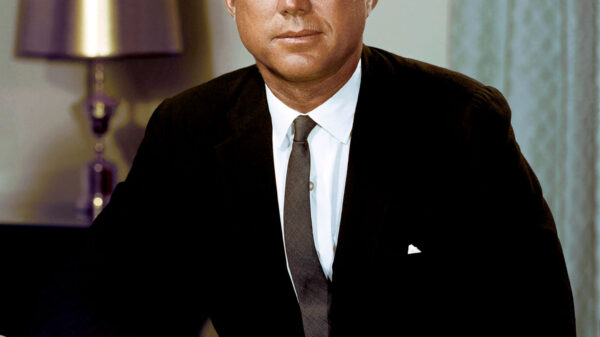The literary world recently celebrated two notable publications: “Face With Tears of Joy: A Natural History of Emoji” by Keith Houston and “Blood Harmony: The Everly Brothers Story” by Barry Mazor. Both works delve into cultural phenomena that have left lasting impressions on their respective fields—emoji in digital communication and the Everly Brothers in music history.
Exploring the Evolution of Emoji
In “Face With Tears of Joy”, Houston captures the rise of emoji, which began to gain popularity in 2011 when Apple introduced an emoji keyboard for iPhones. The proliferation of these pictographs has transformed online communication, helping to bridge gaps and reduce misunderstandings. As Laura Miller stated in Slate, emoji have become essential tools for expression, allowing users to convey emotions quickly and effectively.
Houston argues against the notion that emoji constitute a language on their own, describing them instead as “insurgents within language.” He emphasizes that while emoji enhance communication, they do not replace traditional linguistic forms. The book revisits the vibrant online culture of the 2010s, a time when platforms like Twitter and Facebook thrived on the playful use of these symbols.
Delving into the history, Houston reveals that the roots of emoji can be traced back to the work of Japanese engineer Shigetaka Kurita in 1999. Contrary to popular belief, Kurita is not the sole inventor of emoji; pictorial characters have appeared in Japanese technology since the 1980s. The book highlights how the landscape shifted dramatically by 2015, when the Oxford English Dictionary named the “face with tears of joy” emoji the word of the year.
The political implications of emoji usage are also examined. For instance, the addition of skin tone options for emojis sparked debates about representation and inclusivity. Houston notes that users often adapt the meanings of emojis for their own cultural contexts, illustrating how dynamic these symbols can be. The human skull emoji, for example, has taken on a new life as a symbol of laughter among younger generations.
Unpacking the Everly Brothers’ Musical Journey
In “Blood Harmony”, Mazor provides an in-depth look at the Everly Brothers, who made an indelible mark on the pop music landscape between 1957 and 1962. As Marc Weingarten noted in the Los Angeles Times, Don and Phil Everly’s unique blend of country, rock, and pop established them as pioneers in the music industry. Despite their early success, the brothers faced challenges that led to their temporary disappearance from the limelight.
Mazor’s biography meticulously dismantles myths surrounding the duo. He illustrates how their upbringing influenced their music, with their father, a guitarist, guiding them from a young age. Their exposure to diverse musical styles in cities like Chicago and Nashville helped shape their songwriting, resulting in hits such as “Bye Bye Love” and “Wake Up Little Susie.”
Despite their popularity, the Everly Brothers struggled with personal issues, including substance abuse and a notorious feud. By the time the Beatles rose to fame in the 1960s, the Everlys found themselves overshadowed. As Eddie Dean of the Wall Street Journal described, both brothers felt constrained by their identities as a duo, leading to a period of estrangement.
However, Mazor highlights a positive turn in the narrative. The brothers reunited in the early 1980s, rekindling their musical partnership and embarking on a successful tour that lasted over two decades. This reunion underscored the enduring bond between Don and Phil, showcasing that their connection transcended their earlier conflicts.
Both “Face With Tears of Joy” and “Blood Harmony” offer insightful explorations of cultural phenomena that have shaped modern communication and music. Houston’s examination of emoji reveals their significance in our digital lives, while Mazor’s biography honors the Everly Brothers’ legacy, providing a nuanced understanding of their impact on the music industry.








































































